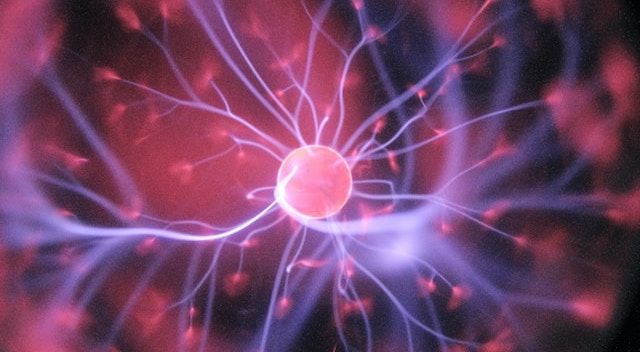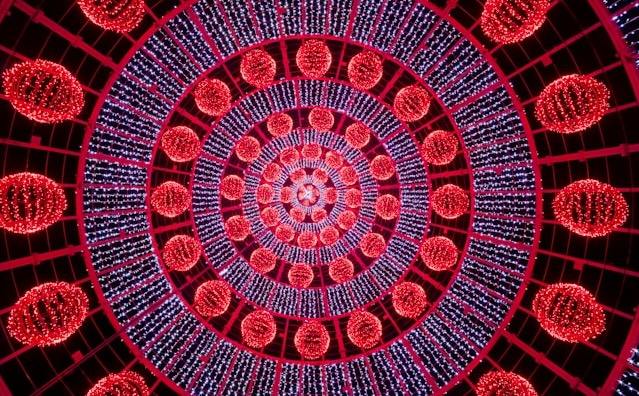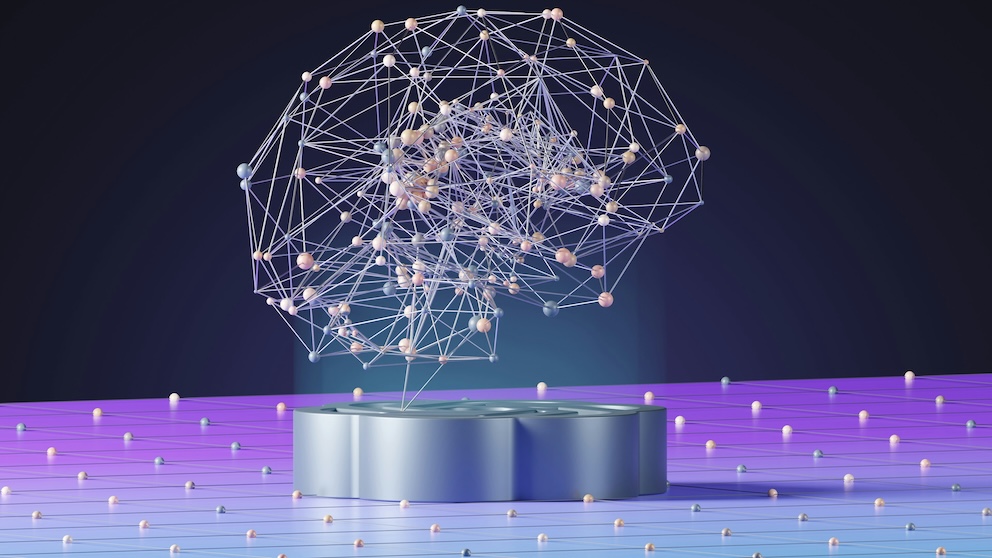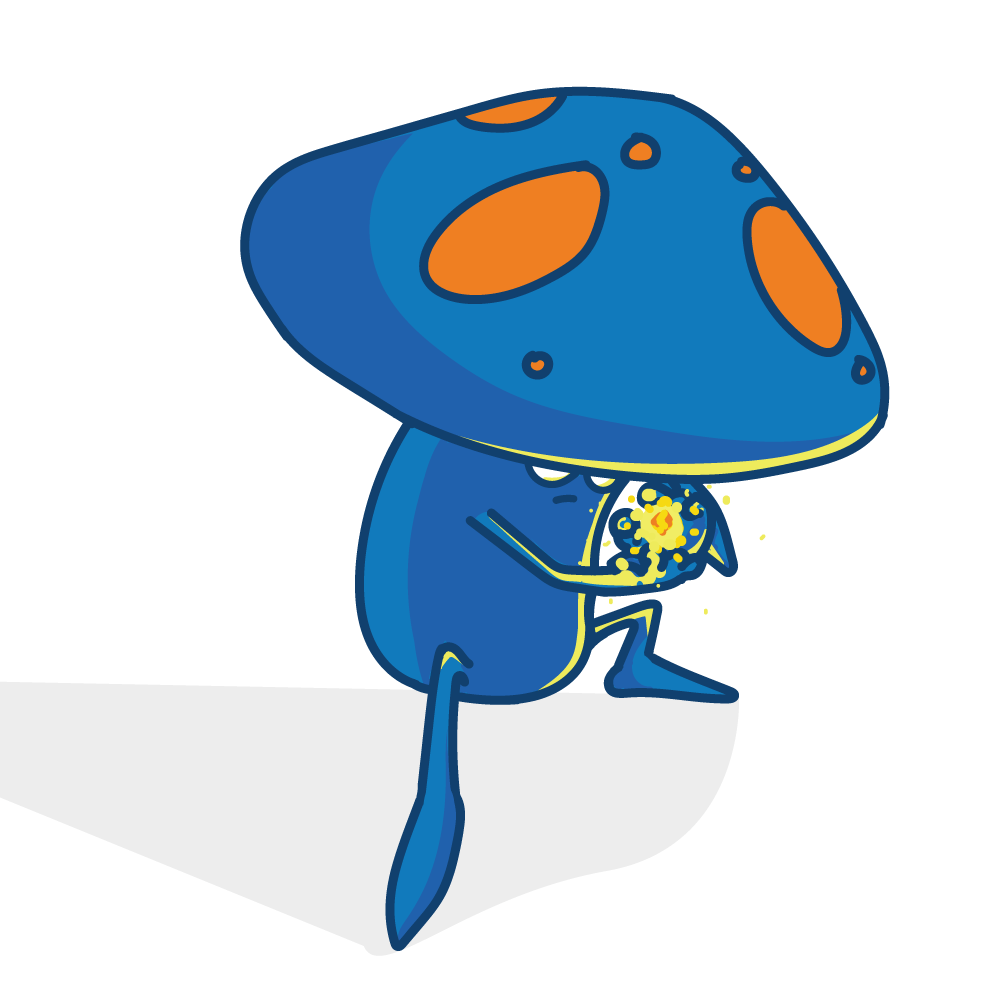Oh No, Physics Class!?!
Exploring the realm of photons and other particles might conjure memories of past disinterest. Or even anxiety from dreaded physics classes. But fear not, as quantum physics diverges from the norms of classical physics. At the microscopic level, where quantum phenomena unfold, there’s room for philosophy. And the interpretations of experiments conducted in this domain are diverse. You don’t need to be a NASA-bound scientist to delve into quantum physics.
In fact, understanding this intricate world can be fascinating for anyone. As we’ll soon discover, it aligns remarkably with the exploration of psychedelia. Not to mention the quest to unravel the fabric of reality. Whether you’re curious about quantum physics or the psychedelic realm, this article is for you!

The Basics
To give an example of how quantum physics moves beyond traditional science to more mysterious philosophical (and even psychedelic) realms, we can explore some of the experiments that show the bizarre and unexpected nature of particles at this microscopic level. One of the fundamental experiments showcasing this bizarre behavior is the double-slit experiment.
Imagine you have a wall with two slits, and you shoot particles, say electrons, at it. Classically, you might expect to see two lines of electrons on the screen behind the wall, mirroring the two slits. Classical physics dictate that electrons are particles of matter, and should act like particles. However, what’s observed is an interference pattern. This is a pattern of stripes decreasing in intensity from the center outwards. Much like what you’d expect with sound waves. This peculiar outcome suggests that particles, at the quantum level, behave not only as particles but also as waves.
What’s even more amazing is when the experiment is monitored to see which slit the particles go through, the pattern turns back into two lines! Suggesting that in some way, the conscious attention directly affected the behavior of the particles. As if they knew they were being watched. The breakthrough experiment has been hailed as one of the most fundamental demonstrations of how consciousness interacts with matter. It is the flagship experiment in quantum physics.

A Deeper Look
Now that we’ve covered the basics, we come to the realm of concepts such as wave-particle duality. In quantum physics, particles can exhibit characteristics of both particles and waves. It’s not that they sometimes act as particles and sometimes as waves. Rather, they exist in a strange state of both, until observed. This might sound perplexing, and rightly so. It challenges our classical understanding, where objects are typically either waves or particles, not both simultaneously.
The strangeness doesn’t end there. Enter the Heisenberg uncertainty principle, named after Werner Heisenberg. This principle states that there’s a limit to how precisely we can simultaneously know certain pairs of physical properties of a particle. Properties like its position and momentum. This implies that, at the quantum level, we can never have complete knowledge of a particle’s properties, introducing a level of unpredictability into the very fabric of reality.
In this quantum realm, particles can exist in multiple states simultaneously, a phenomenon known as superposition. This challenges our classical understanding of objects having well-defined properties at all times.
Let’s consider entanglement, a phenomenon where two or more particles become linked in such a way that the state of one particle is dependent on the state of the other, regardless of the distance between them. For example, one way to create entangled photons is to shine a laser at a particular type of crystal. The crystal will split some of the photons in two — leaving two photons whose combined energy and momentum match that of the original photon. The two are now linked even if they travel far apart. This seemingly impossible connection between particles has been tested many times, verified by scientific experiments and remains one of the intriguing aspects of quantum physics.
What Does It All Mean?
As we embark on this exploration of quantum mysteries, keep in mind that the world at the quantum level is not what it seems in our everyday experience. It’s a place where matter behaves as both particles and waves, where uncertainty reigns, and where observation itself influences the behavior of these tiny entities. This is the groundwork for understanding the profound connections we’ll explore between quantum physics and psychedelic experiences, where the boundaries of our perception are pushed to new and mind-bending limits. Perhaps through deeper insights into our selves, the mind and consciousness, we can begin to figure out the meaning of these strange sub-atomic behaviors.

Is the World Fractal?
The realm of quantum physics hides a world of fractal patterns, electromagnetic interactions, and vibrational resonances shaping our reality. The overlay of fractal patterns on the visual field during psychedelic journeys may be a sign of heightened sensitivity to the intricate dance of atoms and waves and particles in the quantum world. These patterns, seemingly beyond conscious grasp, could offer glimpses into the underlying structures governing the universe, linking the microcosm of quantum physics with the macrocosm of conscious exploration.
Furthermore, the entanglement observed in quantum systems, where particles instantaneously effect each other regardless of distance, resonates with the interconnectedness often reported by individuals during psychedelic experiences. The dissolution of the boundaries between self and environment, a common theme in psychedelic journeys, may reflect a heightened sensitivity to the entangled nature of reality at the quantum level. Whether its feeling like your mind is as big as the universe, or being able to comprehend the structure of something as tiny as DNA, as Crick famously did on LSD, the idea of expanded awareness and sensitivity to things beyond normal conscious grasp is a common feature of the psychedelic experience.
“For twelve hours I moved in and out of dimensions of both space and time. The incomprehensible became comprehensible. Realities within realities blossomed and faded. From the infinitely large to the infinitely small, unbounded and unfettered mind flashed across landscapes of incredible depth and beauty…time ceased, there was no past or future.”
-An anonymous account of a psilocybin mushroom trip left on the website NewScientist-
Evidence Supporting the Connection
The seemingly distant world of psychedelic research and quantum physics may be more closely linked then they appear. Much like entangled particles, the connection between these two worlds goes beyond our current models of understanding. It forces us to re-evaluate our definitions and facts. The altered perception of time and space under the influence of psychedelics, and the potential for “quantum processing” in the brain all contribute to this unique link.
Consider the role of perception in this connection. The psychedelic experience often involves a profound shift in perception, revealing hidden patterns and layers of reality. Similarly, the observer effect in quantum physics suggests that the act of observation can influence the behavior of particles. Could the heightened perceptual sensitivity induced by psychedelics offer a unique vantage point for observing the underlying quantum fabric of reality? Exploring this association might lead to a more balanced understanding of our world and ourselves.
Quantum Processing in the Brain
Recent studies suggest the brain processes information using quantum mechanics, supported by similarities between sub-atomic particles and neurons. Psychedelics promote enhanced connectivity and synchronization between brain regions, indicating a connection with quantum processing. It’s possible that through entanglement, or wave-particle duality, our brains can process information faster than what would be possible without those quantum phenomena. Our brains are the most powerful processors on earth, so it would make sense for them to be utilizing quantum processes, and would also explain a lot.

Navigating Otherworldly Realms
Quantum superposition, a fundamental concept in quantum mechanics, challenges classical intuitions by allowing particles to exist in multiple states simultaneously until observed. Introduced by Erwin Schrödinger, and his famous cat, the concept emerged from the wave-particle duality of particles, illustrating that they exhibit both particle and wave characteristics. Described by a wave function, a mathematical formula designed to make sense of these bizarre particle physics, a particle in superposition represents a combination of possible states. Upon observation, the superposition collapses into one state, determined by the probabilities.
This principle is vital in quantum computing, where qubits, the quantum version of computer ‘bits’ of information, can exist in superpositions of 0 and 1 simultaneously. While superposition raises interpretational challenges, because we just cant figure out exactly how to interpret these quantum test results, it is still integral to emerging quantum technologies and provides unique insights into the intricate nature of particles at the quantum level.
Psychedelic experiences frequently usher individuals into realms where time, space, and dimensions undergo profound distortions. Trippers find themselves perceiving a reality that transcends the ordinary, often manifesting as a multi-dimensional experience or encounters with entities seemingly beyond the constraints of standard physics. Within these altered states induced by psychedelics, a distinctive lens emerges, providing a rare opportunity to understand ideas like the superposition of particles, quantum superposition and entanglement.
In normal states, our minds have a hard time letting go of the concepts of classical physics, but during the psychedelic experience, you can more easily suspend your disbelief, in order to see a new perspective or way of understanding the world.

Paving The Path For Further Exploration
Our current intellectual landscape is marked by a delicate balance between the achievements of our understanding and the potential hindrance that such achievements may pose to the exploration of novel ideas. In the realm of matter and physics, we have undoubtedly made substantial progress, unraveling the intricacies of the universe to a considerable extent. However, it is essential to recognize the limitations of our knowledge, especially when faced with the vast expanse of uncharted territories that remain unexplained.
In our pursuit of knowledge, it’s easy to become complacent and assume that our current understanding represents the pinnacle of comprehension. Yet, the frontiers of quantum physics and the enigmatic landscapes revealed by psychedelic experiences suggest that we might need to relinquish some of our preconceived notions. The very framework through which we perceive matter, mass, and consciousness may need a re-evaluation to fully grasp the lessons that these unconventional realms have to offer.
A Bright Future
Quantum Physics and Psychedelics, with their inherent strangeness and defiance of classical intuition, challenge the very foundations of our conventional views. The wave-particle duality, superposition, and entanglement at the quantum level call into question the Newtonian certainties that have long been the bedrock of our understanding of the physical world. To fully embrace the insights that quantum physics and psychedelia can provide, we might need to let go of the comfort of familiar concepts and be open to the possibility that reality is far more complex and interconnected than we once believed.

This willingness to reconsider and adapt our understanding is not an admission of failure but a testament to the dynamic nature of scientific inquiry. By acknowledging the gaps in our knowledge and the potential limitations of our current paradigms, we create space for the emergence of new ideas and a deeper comprehension of the universe’s mysteries. The integration of quantum principles and the profound experiences induced by psychedelics could be the catalyst for a paradigm shift, inviting us to explore the unknown with fresh perspectives and a humility that recognizes the vastness of what is still left to be discovered.





